Category: Plants & Medicine
-
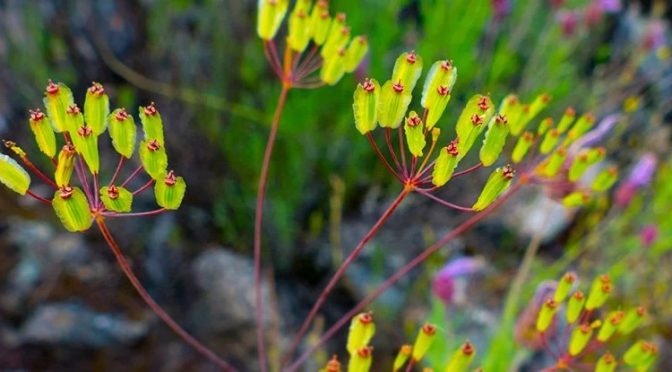
Can This Poisonous Plant Lead To A Cure For Covid-19?
The plant-based antiviral agent thapsigargin (TG), derived from a group of poisonous plants known as ‘deadly carrots’, appears to be effective against all variants of SARS-CoV-2 in the lab – and that includes the quick-spreading Delta variant. (Click on title for full story.)
-
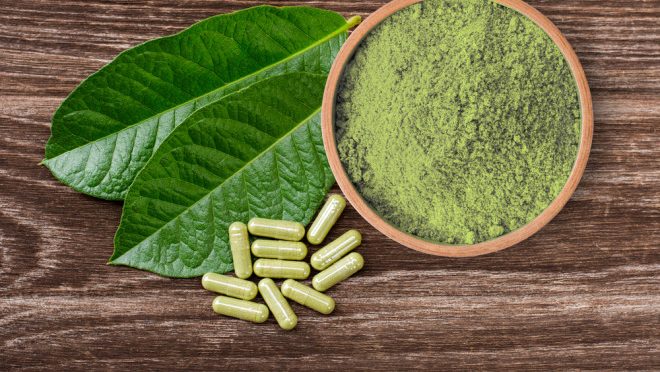
Kratom: What Science Says
Kratom vendors aren’t the only ones who have been accused of misrepresenting scientific research. (Click on title for full story)
-
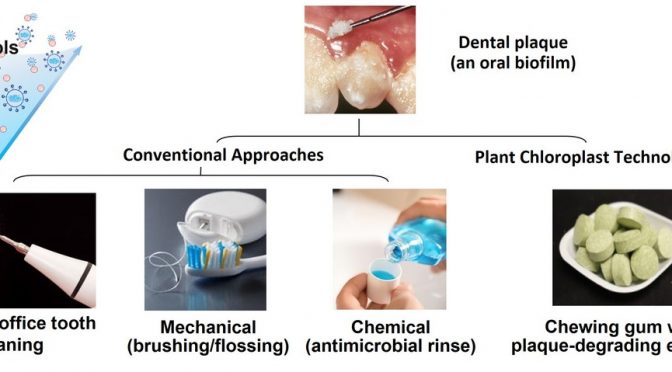
Turning To Plants To Create Chewing Gum That Reduces Visits To Dentist
Plant cells have been used to produce monoclonal antibodies or antimicrobial peptides for topical applications to decrease colonization of pathogenic microbes on dental surface. Therefore, we investigated an affordable method for dental biofilm disruption by expressing lipase, dextranase or mutanase in plant cells via the chloroplast genome. (Click on title for full story)
-

Biomass’ Dirty Secret Of Pollution And Environmental Racism
Relying on biomass for energy has a punishing impact not only on the environment, but also on marginalized communities — perpetuating decades of environmental racism in predominantly Black communities (Click on title for full story)
-
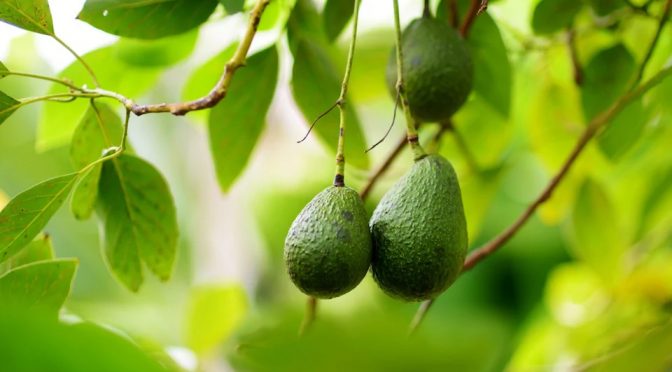
Can Plants Be Bio-engineered To Detect Human Illness?
So dogs can smell sick plants, but what can the plants smell? Well, quite a lot. In fact, we’ve known for years that plants are extremely sensitive to tiny amounts of a whole range of volatile chemicals in the air. That’s how plants talk to each other, passing on messages about the presence of herbivores,…
-
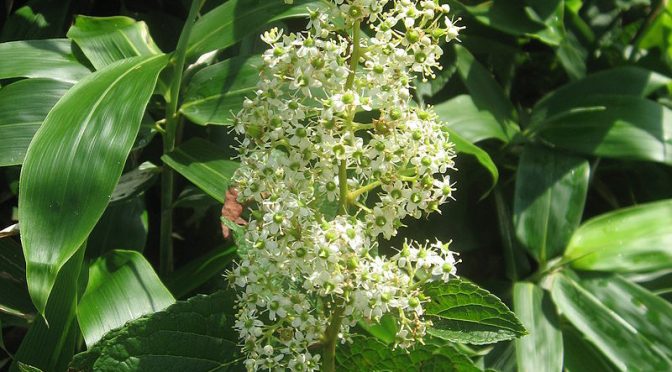
Chinese Medicinal Herb Shown To Be Pancreatic Cancer Fighter
A compound derived from the thunder god vine — an herb used in China for centuries to treat joint pain, swelling and fever — is able to kill cancer cells and potentially improve clinical outcomes for patients with pancreatic cancer. (Click on title for full story.)
-
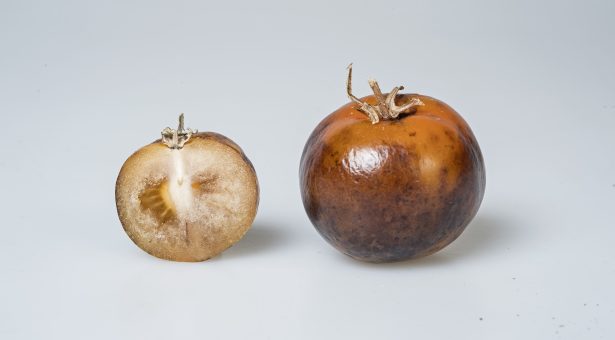
L-DOPA Enriched Tomato May Be A Boon To Parkinson’s Disease Sufferers
This novel use of tomato plants as a natural source of L-DOPA also offers benefits for people who suffer adverse effects – including nausea and behavioural complications – of chemically synthesised L-DOPA . (Click on title for full story.)
-
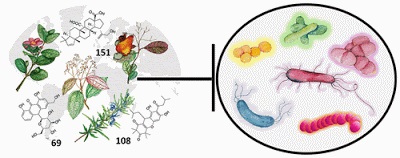
Natural Plant Products With Antibacterial Activity: A First And Much Needed Comprehensive Review Published
“We wanted to provide a systematic overview that brings promising drug candidates to the forefront, opening up new chemical space for discovery. Our review can serve as a starting point for chemists to consider whether they could possibly optimize any of these compounds to become scaffolds for antibiotics treatments.” (Click on title for full story.)
-
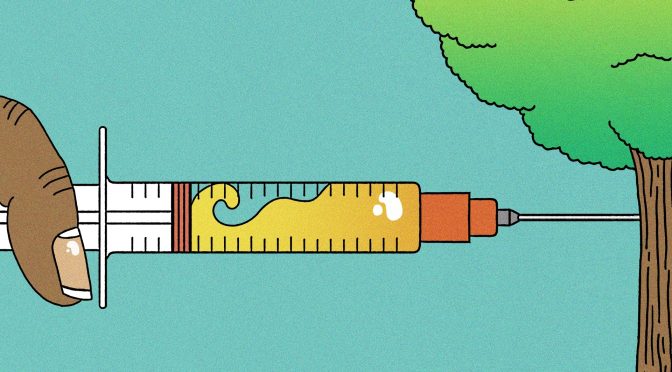
The Rare Tree That May Make Or Break COVID19 Vaccines’ Success
The bark is transformed into a brown, bitter, bubbly fluid. This precious goo does many things well, and it happens to be the raw material for one of the world’s most coveted vaccine adjuvants: QS-21. Adjuvants are compounds that boost the body’s immune reaction to a vaccine. Owing to their potential risks to human health,…
-
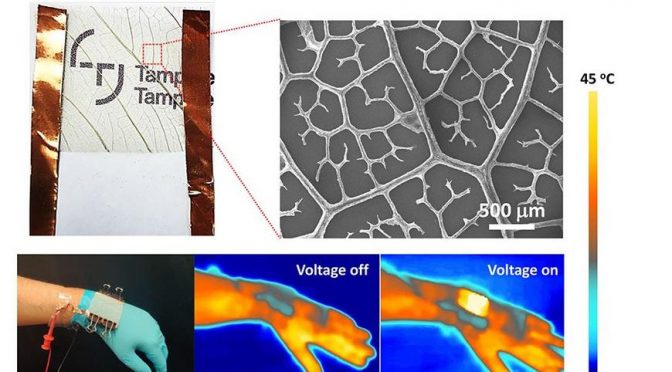
Turning To The Leaf Of A Sacred Tree To Reduce Medical Waste
The researchers used leaves from a Bodhi tree (Ficus religiosa). The veins of the leaves have a fractal pattern that makes the surface highly flexible and shearable. Silver nanowires were attached to the leaf skeleton, and the surface was encapsulated in a biodegradable transparent tape. (Click on title for full story.)
